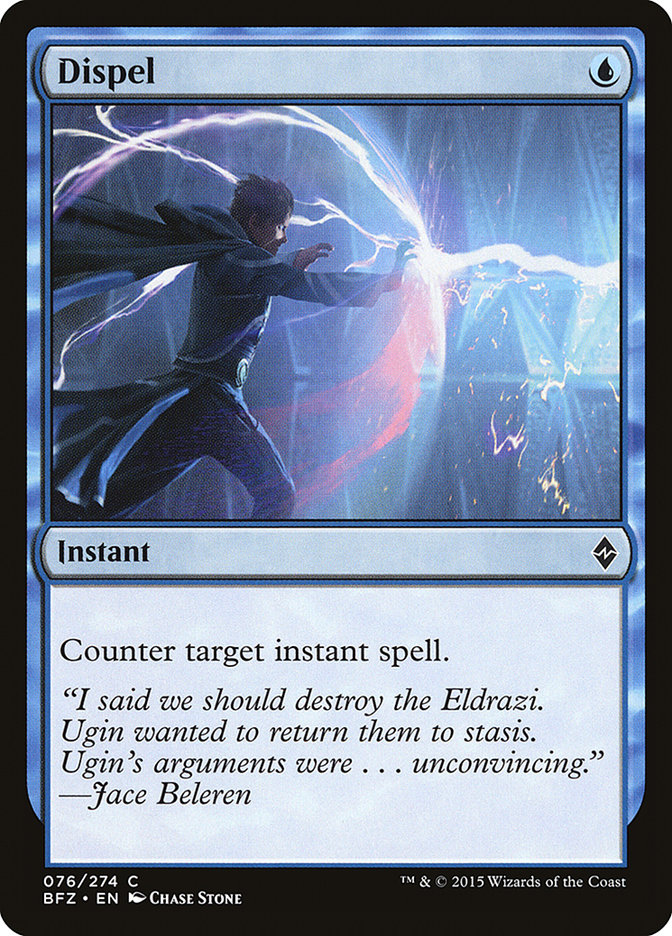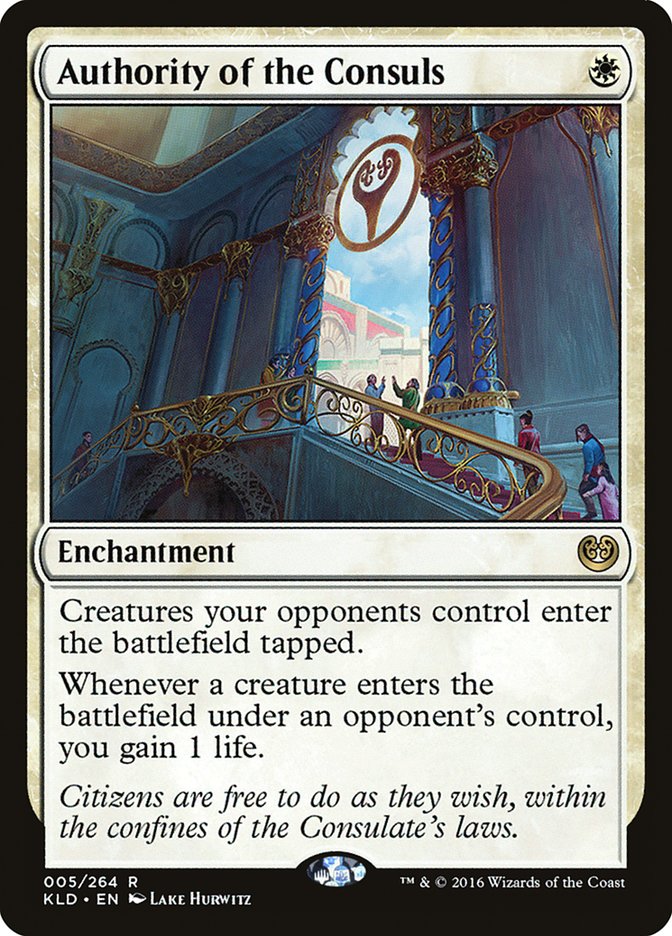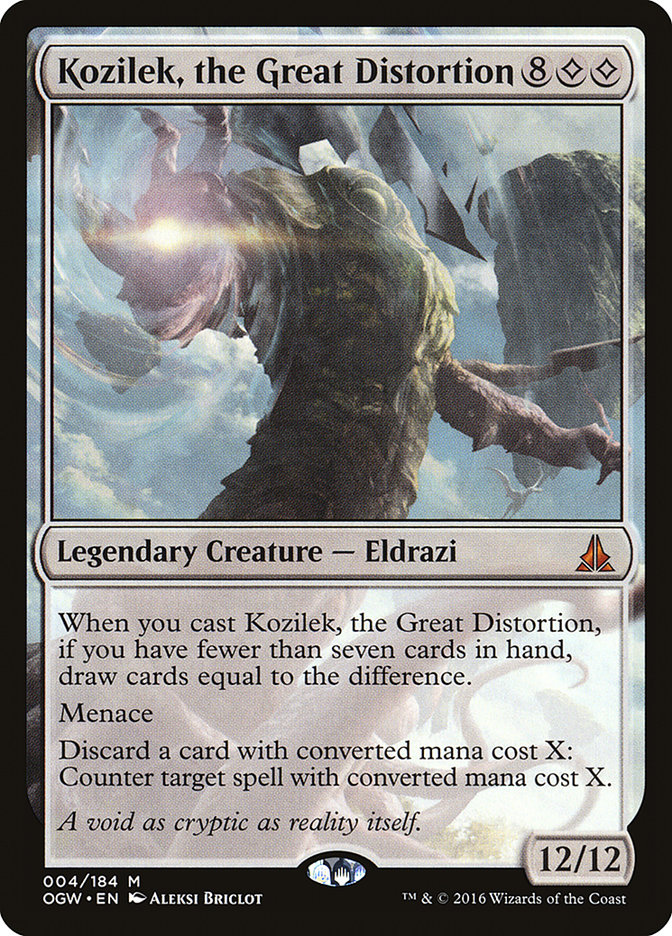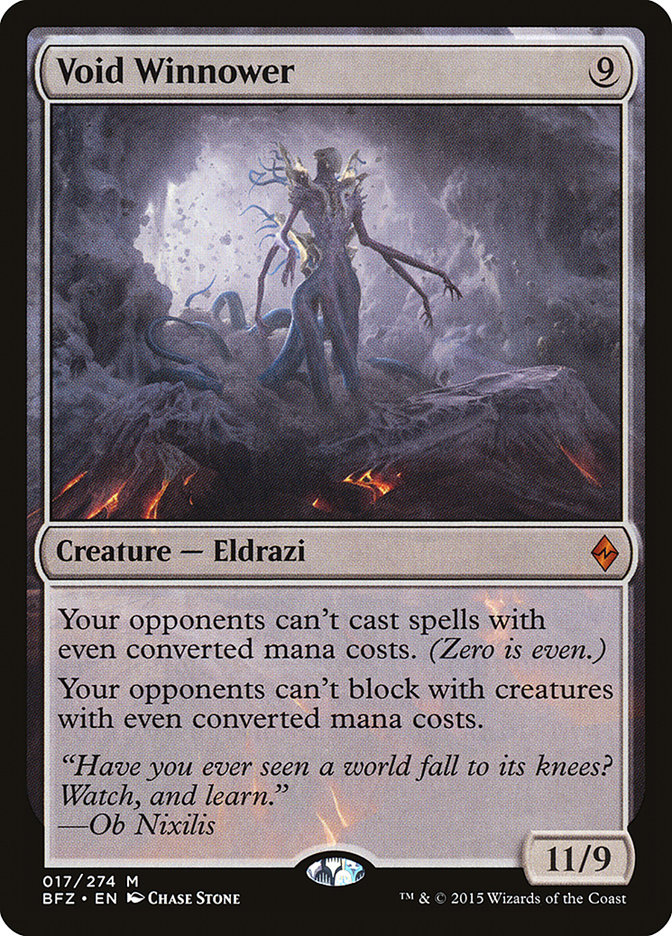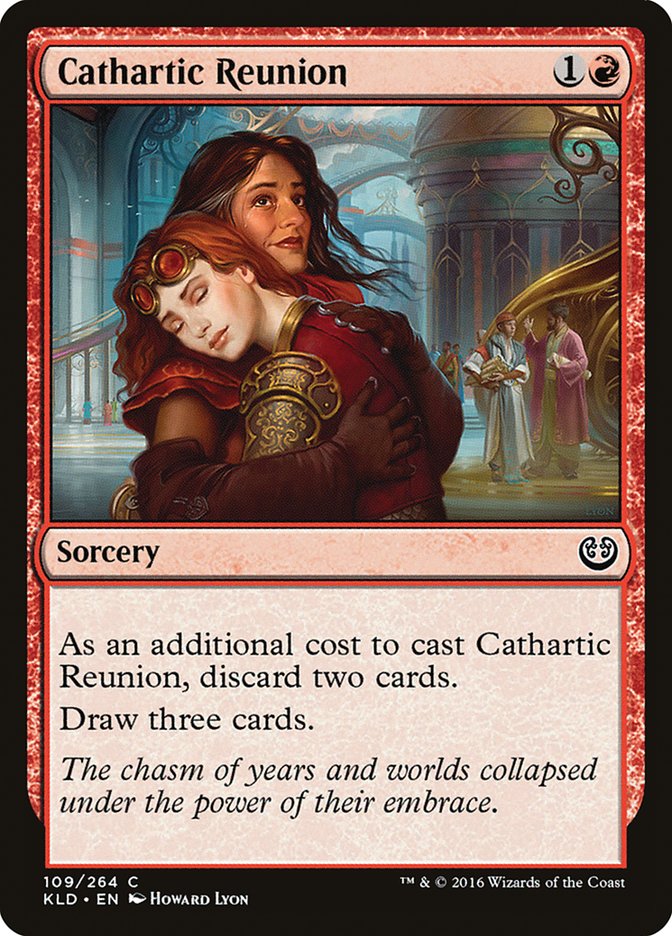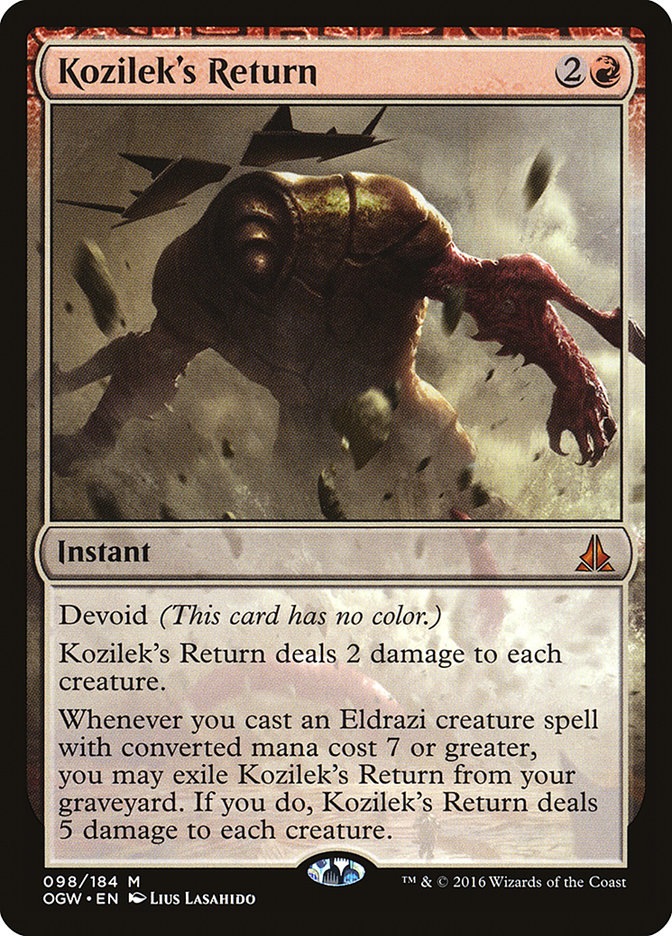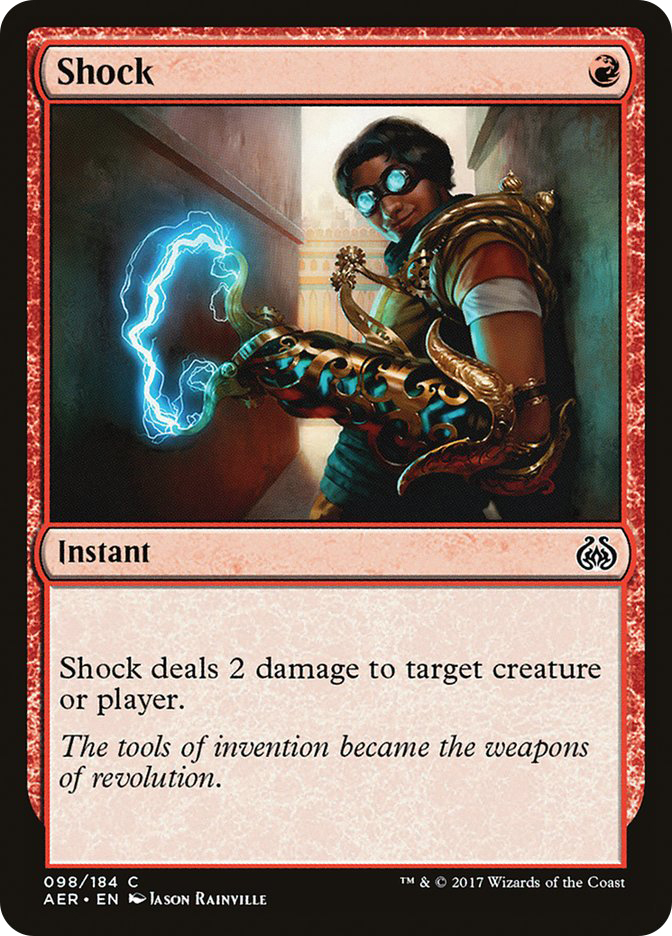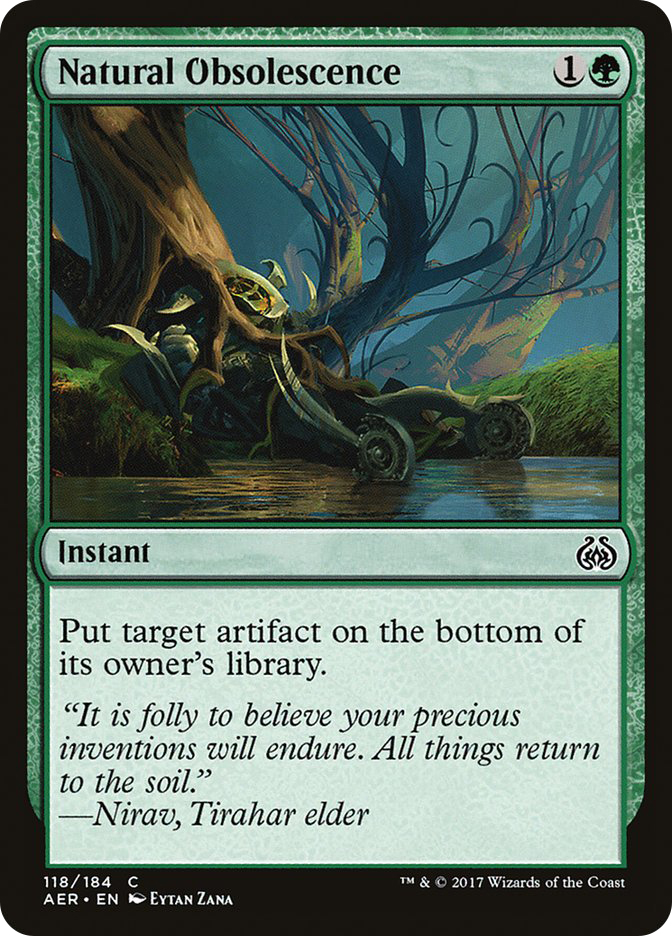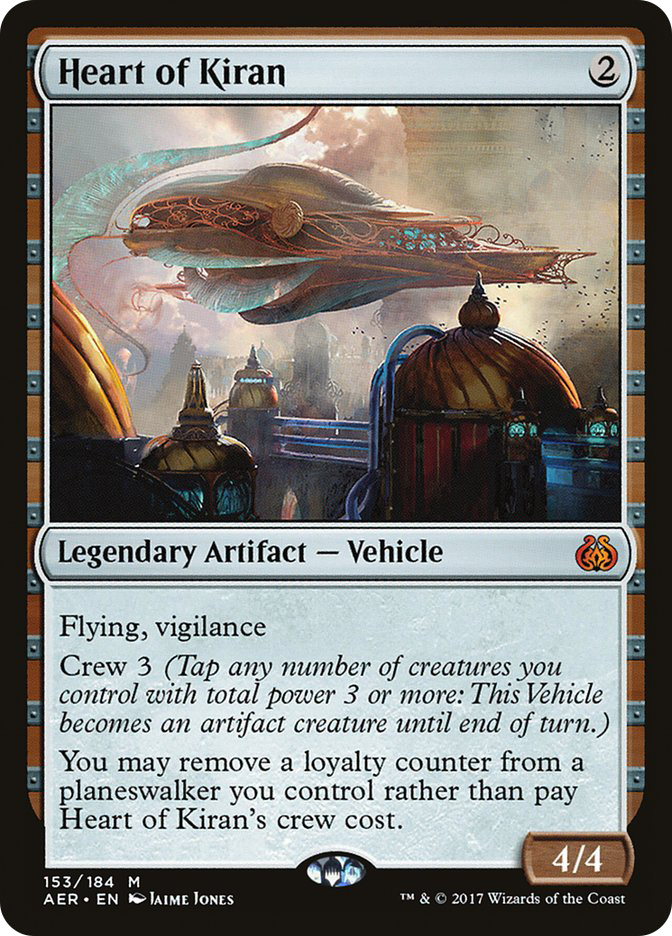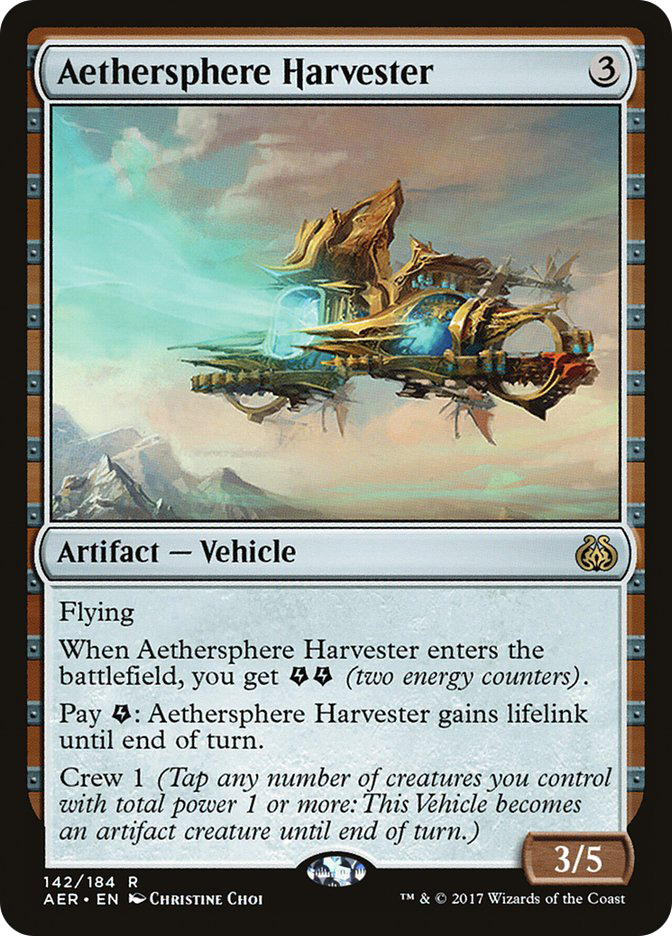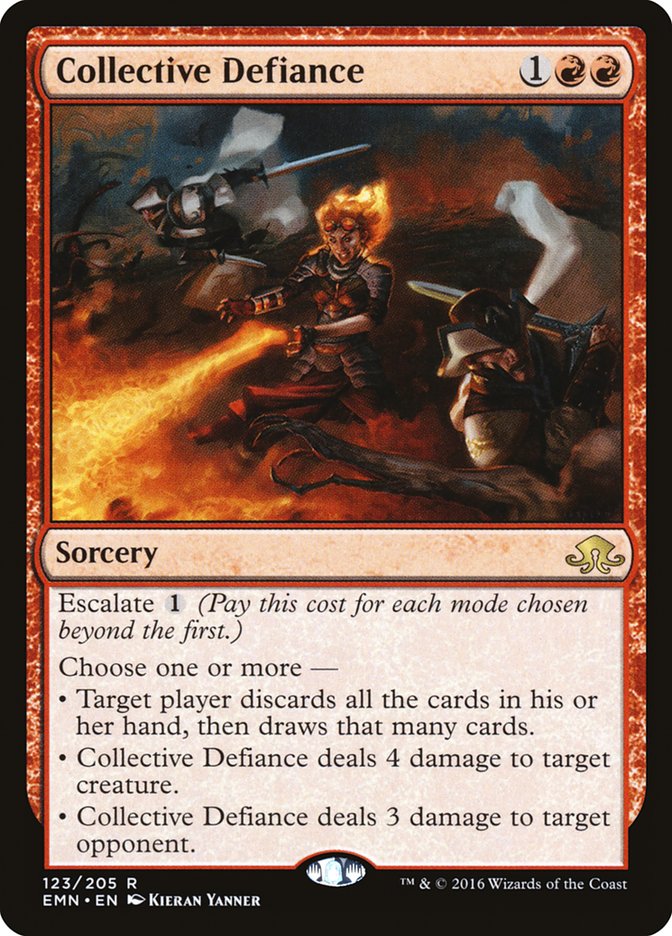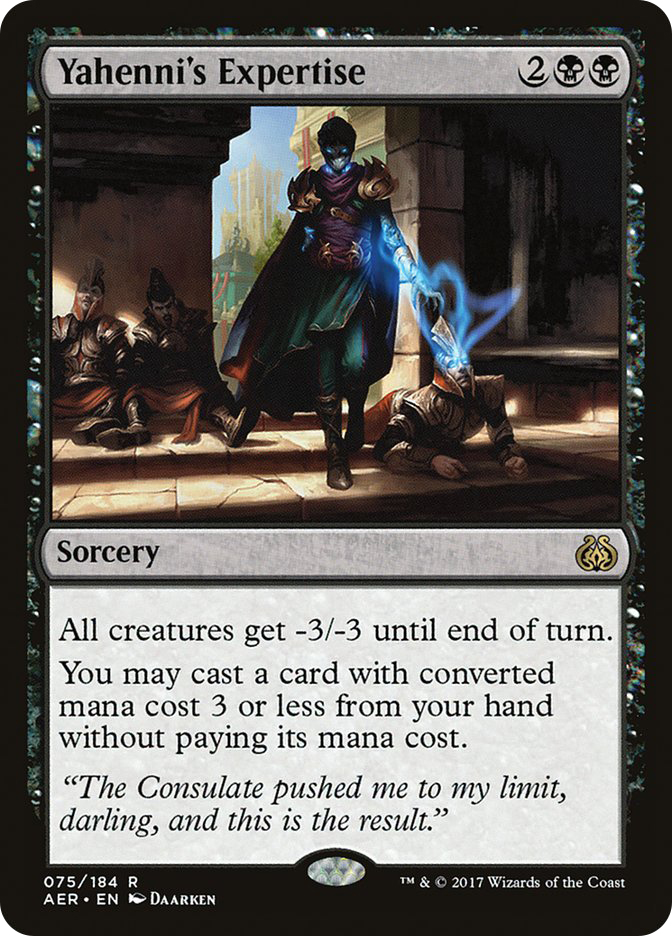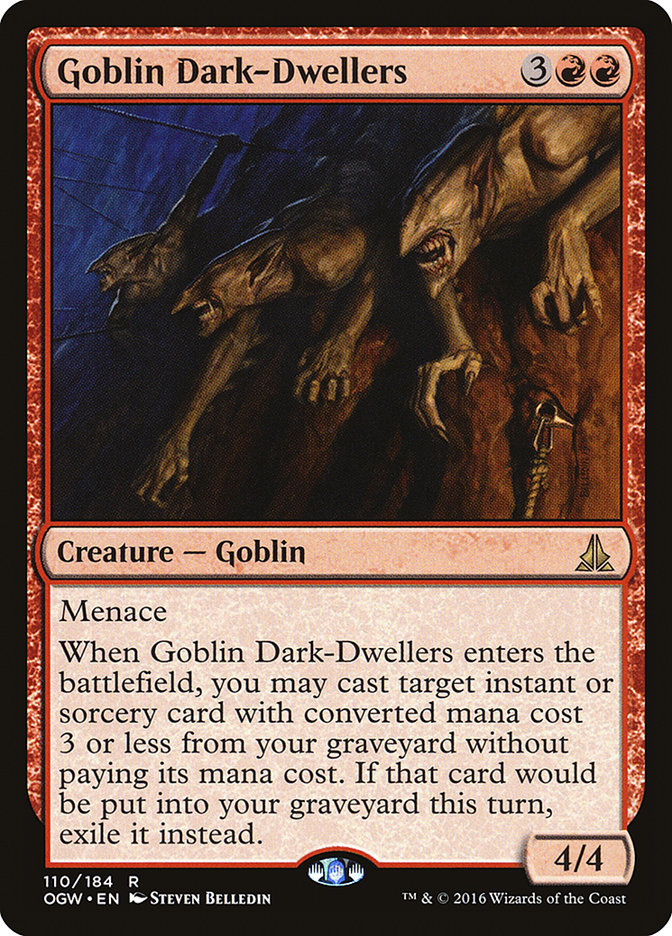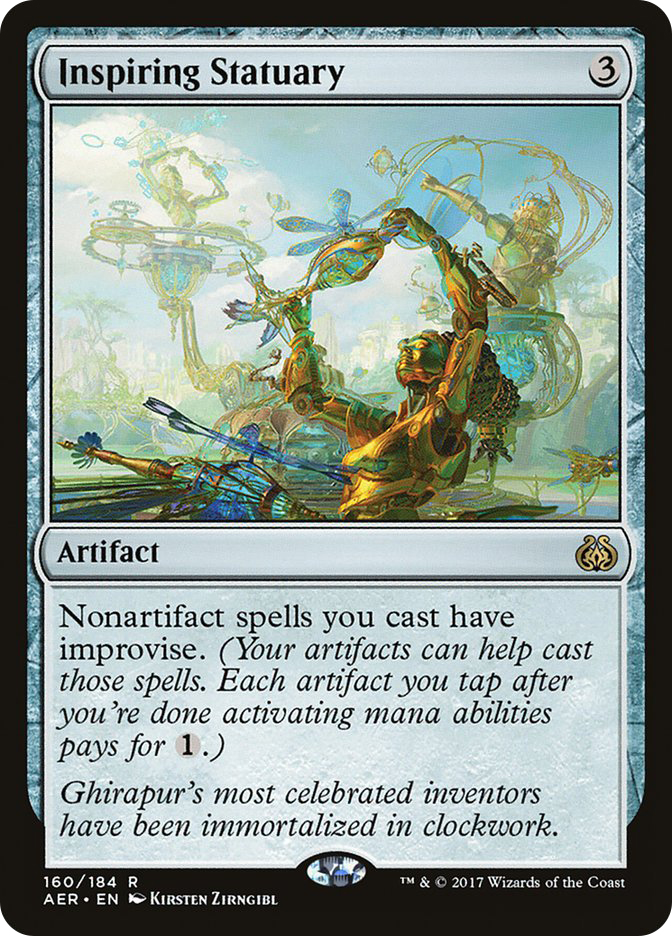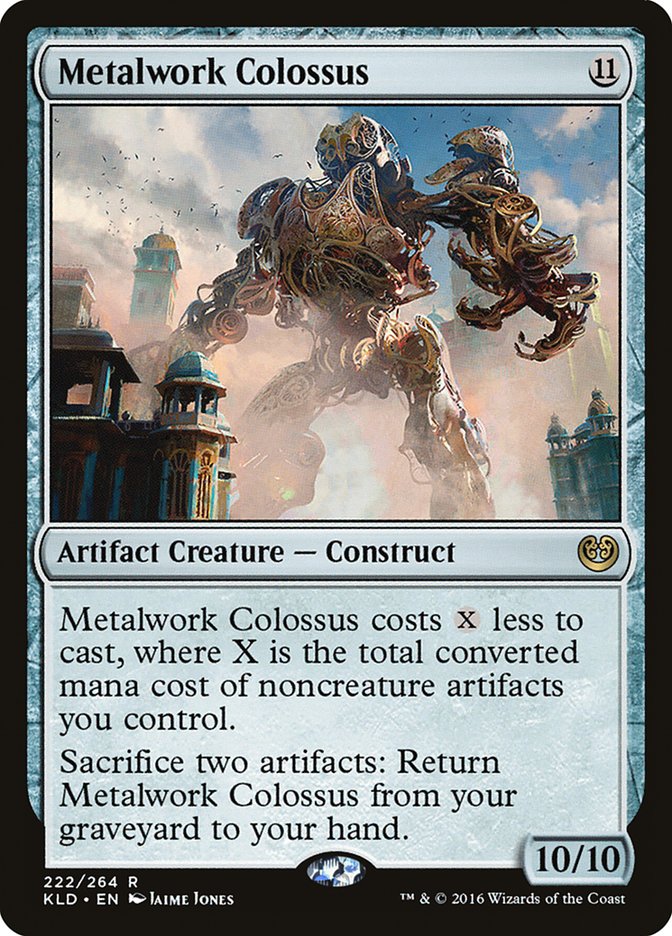This past Sunday, I started to write an article about updating the top-tier Standard decks with the new additions they would be getting from Aether Revolt. It would have been a good place to start for not only Week 1 decks for #SCGCOL, but also for gauntlet-testing new brews.
Everything was going well, but then Monday happened.
So not only am I starting over with a new article, but collectively we’re all starting over with a brand-new Standard format.
So where does Standard go from here? That’s a tough question to answer right now, as the format is wide open. This feels like we got an extra rotation to start off the year with basically every major deck from the previous format being effected by the bans. #SCGCOL is going to be filled with new and exciting decks, and I can’t wait to see what happens with the format.
Looks like it’s time to start making a new Standard gauntlet filled with decks to be able to test with and against, so let’s dive in with what I believe will start as Public Enemy Number One of the new format.
Creatures (9)
Planeswalkers (4)
Lands (26)
Spells (21)
- 2 Shock
- 2 Negate
- 1 Dispel
- 4 Anticipate
- 2 Stasis Snare
- 4 Harnessed Lightning
- 1 Fumigate
- 4 Glimmer of Genius
- 1 Baral's Expertise
Sideboard

On Premium, Patrick Chapin wrote an amazing article on Monday about the Saheeli Rai and Felidar Guardian combo, with plenty of decklists and directions to go with the combo. I believe a Jeskai control shell will be a nice place to start with the combo, and I used his decklist as a starting point for this one. To be honest, I can’t believe that this combo is even legal in Standard, but since it is, we have to be ready to either beat it or tune it the best we can.
With the ability to cast both Felidar Guardian and Saheeli Rai on our own turn and create an arbitrarily large number of Cat Beasts, the most common way that our opponent will interact with us is through either countermagic or removal spells, both of which will be instant speed. Dispel is an extremely efficient way of protecting our combo here, and I would absolutely want access to the full four post-sideboard and should maybe have more than one maindeck.
It’s more than likely Baral’s Expertise won’t make the final cut of the deck, but it’s an intriguing and powerful spell. Baral’s Expertise can allow us to clear the battlefield and cast a Saheeli in the same turn, making sure our planeswalker won’t be under siege immediately. Similarly, we can cast a Glimmer of Genius without taking the turn off from protecting ourselves, or even just bounce our opponent’s creatures while allowing our Spell Queller to stay on the battlefield. The problem with Baral’s Expertise is its natural weakness to Vehicles and planeswalkers such as Gideon, Ally of Zendikar, which will probably be enough to leave it on the sidelines, but I’m still going to try it to start with.
One of the best hate cards against our deck, Authority of the Consuls not only shows up in our own sideboard but also influences our sideboard to have answers to it. Fragmentize is the most obvious card to play, but it’s possible we should be playing a more expensive but instant-speed Disenchant variant solely for the Torrential Gearhulk synergy. Besides Fragmentize, Nahiri, the Harbinger is a perfect alternate threat that can not only exile Authority of the Consuls but also can ultimate to search for Felidar Guardian if needed. It’s possible this deck should move away from Spell Queller and instead play Nahiri, the Harbinger and Chandra, Torch of Defiance, each of which would improve Baral’s Expertise’s stock.
Creatures (11)
Planeswalkers (3)
Lands (22)
Spells (24)

No Emrakul, the Promised End? No problem! Well, no problem except the strategy’s best payoff card is gone, and that Aether Revolt didn’t add much support. Splashing a third color is still quite easy for the deck, so it’s probable that playing Temur or Naya will end up being better, but when I start with gauntlet testing, I like to have a straightforward deck with a good manabase first. If there are weaknesses to the strategy that a third color can help cover up, then it’s easy to add in after.
There isn’t a shortage of playable, game-ending threats that Aetherworks Marvel can help cast. The problem is that these don’t have the reduced-cost ability that Emrakul, the Promised End had. Ulamog, the Ceaseless Hunger is easily the best of the bunch and will be the main card we want to be able to cast on turn 4 now. I have Kozilek, the Great Distortion and Void Winnower in the sideboard to be able to diversify my threats for protection from Lost Legacy.
Ulamog is quite difficult to cast on its own, though, so Cathartic Reunion makes an appearance to cash in the dead cards in our hand for more looks at Aetherworks Marvel. Besides Ulamog, Kozilek’s Return is a nice card to discard to Cathartic Reunion, which has become a more important maindeck card with Emrakul’s absence.
Shock is an important addition to any red deck right now as mostly a way to interact with the Saheeli Rai / Felidar Guardian combo. For this deck, our maindeck only has Harnessed Lightning as reliable disruption, which makes having access to Shock even more important.
Probably the best upgrade for the deck from Aether Revolt is Natural Obsolescence for the sideboard, which is a clean answer to problematic artifacts. I expect there to be many artifacts running around Standard these days, and being able to answer anything from a Scrapheap Scrounger to a Paradox Engine is vital.
Creatures (20)
- 4 Thraben Inspector
- 4 Depala, Pilot Exemplar
- 4 Scrapheap Scrounger
- 4 Toolcraft Exemplar
- 4 Veteran Motorist
Planeswalkers (3)
Lands (23)
Spells (14)

Here’s where I’m starting with W/R Vehicles for the new Standard format. The loss of Smuggler’s Copter is a huge blow to the deck, but we received some new and powerful Vehicles to replace it with. Heart of Kiran is the most obvious one, but I only have it as a two-of because of being legendary and also having a crew size of three, which is unfortunately too big for Thraben Inspector. The crew cost is also pretty awkward for other two-drop creatures I wanted to add to the deck, namely Selfless Spirit and Sram, Senior Edificer, which is why I went with the slightest of black splashes and Scrapheap Scrounger instead.
Aethersphere Harvester on the other hand looks to be an extremely pushed Vehicle, with a crew cost of one and the toughness to rule the skies. Aether Hub and Harnessed Lightning gives us more energy sources to be able to have our Aethersphere Harvester have lifelink for more than two combat steps if the game isn’t firmly in our grasp by then. Gideon, Ally of Zendikar works perfectly with these two Vehicles, having the ability to crew both of them the turn you cast Gideon.
Creatures (8)
Planeswalkers (9)
Lands (25)
Spells (18)

I’m pretty excited for B/R Control in the new Standard format. The deck is built around Liliana, the Last Hope and Chandra, Torch of Defiance, two of the most powerful planeswalkers that have been printed recently. There are copious amounts of removal spells to help support these two, as well as some powerful creatures to finish out our top-end.
It’s honestly pretty difficult to choose what removal to use as there are just so many different quality options. This makes building B/R Control difficult for Week 1 Standard, but it’s a nice choice to be tuned when there is an expected metagame. Some examples of other removal spells that could go in the deck are Harnessed Lightning, Incendiary Flow, and Collective Brutality, but there are even more after that. Ideally you would want the spells to work well with Yahenni’s Expertise and Goblin Dark-Dwellers if possible.
I’m only playing two copies of Fatal Push because turning on Revolt is quite difficult with the deck. It’s possible I should be playing Evolving Wilds to enact as an enabler for Fatal Push, but even with four copies it’s quite unreliable, and I would prefer to keep my manabase tight. Cinder Barrens is an unspectacular but reliable two-color land that I prefer with all of the different red and black mana symbols in the deck.
Collective Defiance is a wonderful target for both Yahenni’s Expertise and Goblin Dark-Dwellers due to its versatility, and you are even able to escalate the Collective Defiance if you have the extra mana. Time will tell if the -3/-3 from Yahenni’s Expertise is good enough in the format, but I’m pretty excited to be able to play a Liliana, the Last Hope for free after clearing the battlefield.
Overall this is a deck that I’m very excited to try out and will be working to tune. It may not be the best choice for #SCGCOL, but could be very good for #SCGRICH the next weekend when there is more of an established metagame to be able to attack.
These four decks are solid places to start a testing gauntlet, but they aren’t particularly flashy. So for that, I wanted to touch on two more decks that I’ve been intrigued by. To start with, on Premium, Michael Majors wrote this piece which contains all sorts of different combo decks built around the new cards from Aether Revolt, including this spicy U/W Ramp deck.
Creatures (11)
Lands (24)
Spells (24)

The goal here is to use Inspiring Statuary to turn your artifacts into mana sources that allow you to help cast Ulamog, the Ceaseless Hunger. Both Inspiring Statuary and the Improvise mechanic on Metallic Rebuke turn your Clue tokens into basically Mind Stones, which is an extremely powerful effect. I wonder if even a card like Tamiyo’s Journal could be useful in the deck, as creating a Mind Stone each turn sounds like a powerful engine.
Michael Majors is dreaming big with this deck, and I love it.
Metalwork Colossus may be the single biggest gainer from the Banned and Restricted announcement on Monday, as the card matched up extremely poorly against Emrakul, the Promised End. It turns out that having the ability to sacrifice any even number of artifacts for the low cost of zero mana is a terrible ability to have when your opponent is taking your turn.
How to build the optimal Metalwork Colossus deck is quite a challenge. With both Aether Hub and Spire of Industry in the format, we have access to eight lands that can produce mana of any type, which makes splashing any color relatively easy. I really like where Ross Merriam is starting with his U/R Colossus deck:
Creatures (20)
- 1 Elder Deep-Fiend
- 4 Glint-Nest Crane
- 2 Scrapheap Scrounger
- 4 Metalwork Colossus
- 4 Foundry Inspector
- 3 Trophy Mage
- 2 Hope of Ghirapur
Lands (22)
Spells (18)

You can find out much more about the deck in Ross’s article from yesterday, and I like his reasoning behind the card choices. Like I said before, the options for this deck are basically limitless, but this is a very good starting point for a combo-centric Metalwork Colossus build.
These are some decks that I have my eye on to start with for #SCGCOL, but honestly they’re only scratching the surface. There are just so many strategies that may be viable now, from W/B Tokens to Panharmonicon to Paradox Engine and many more, that for the first time in months, I can’t wait to play Standard again!


